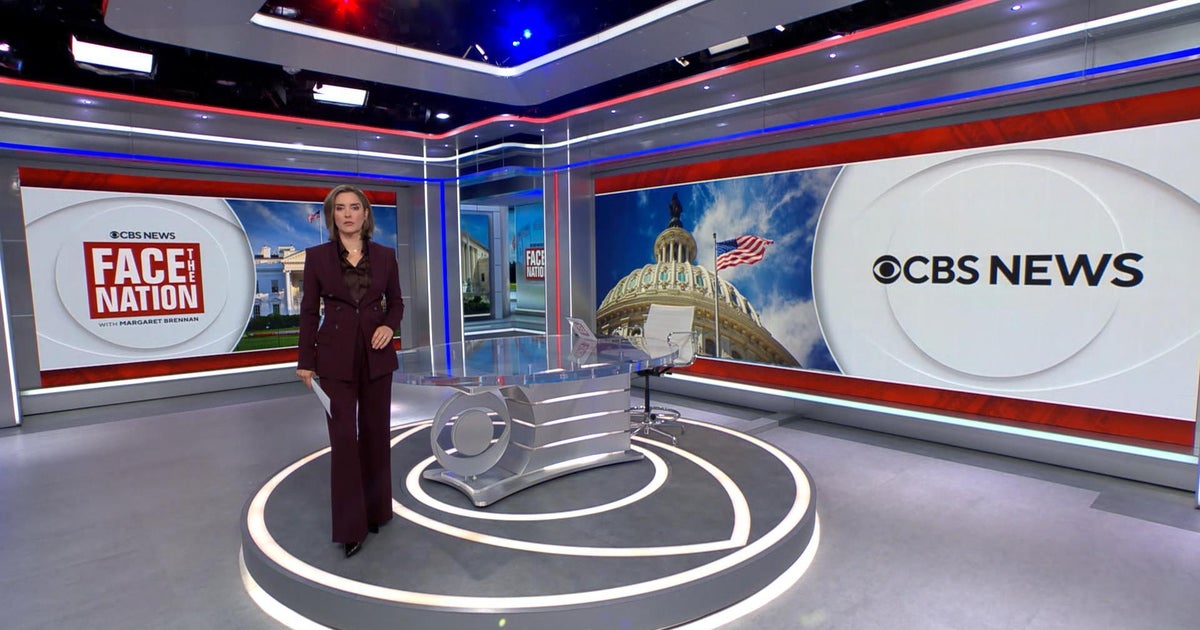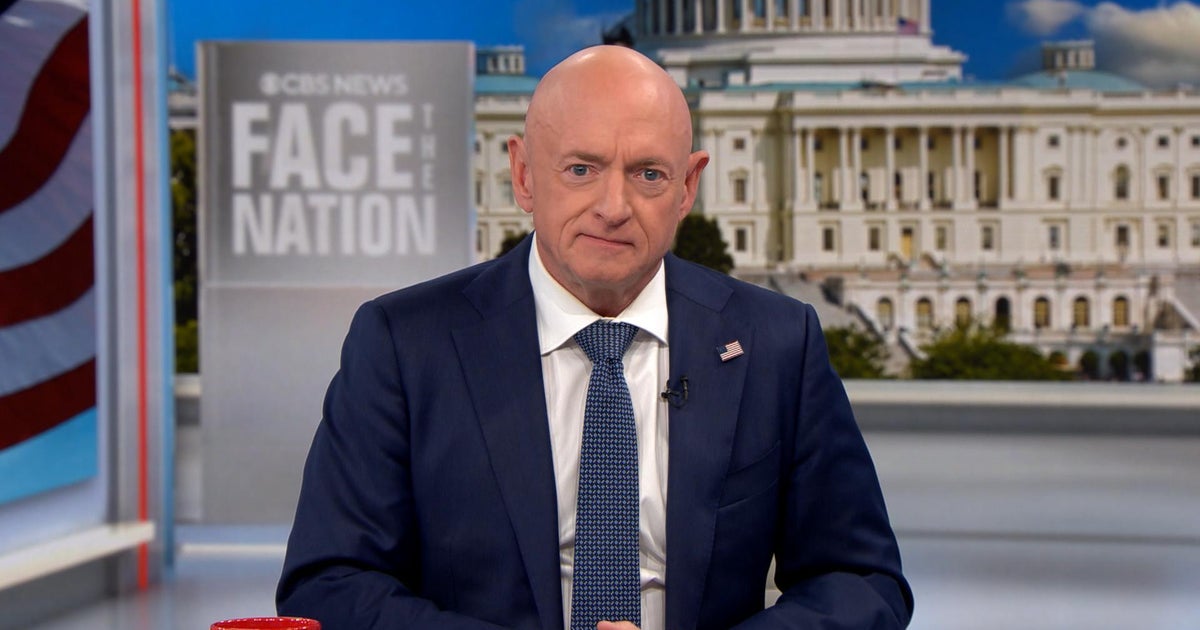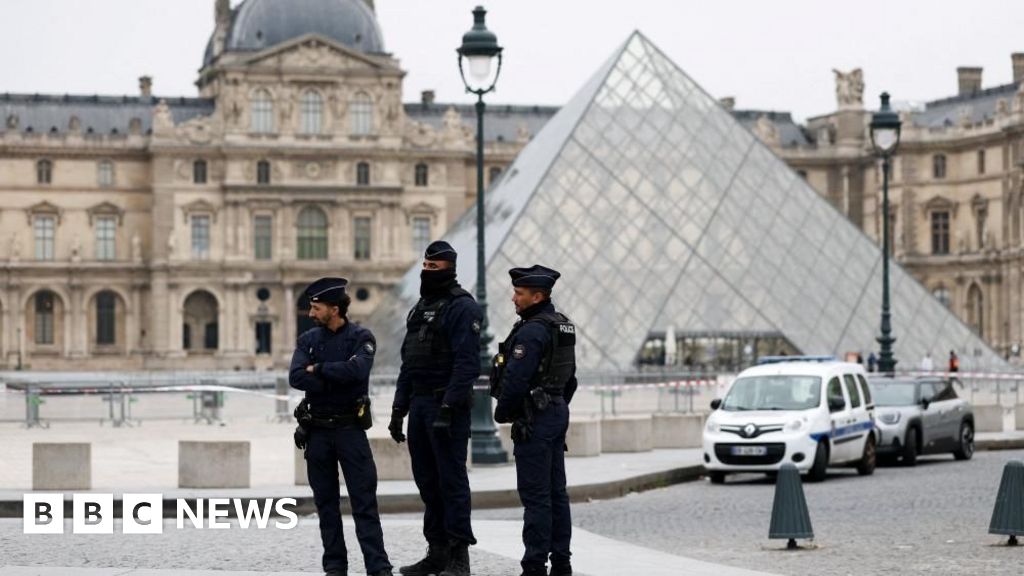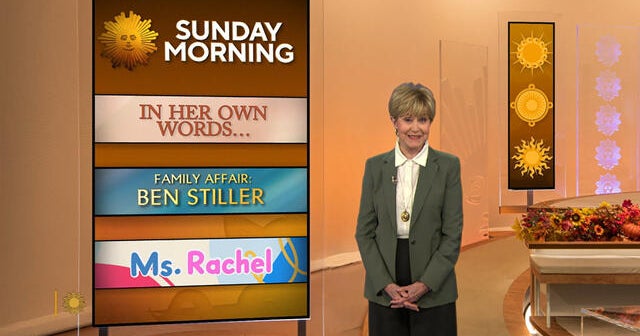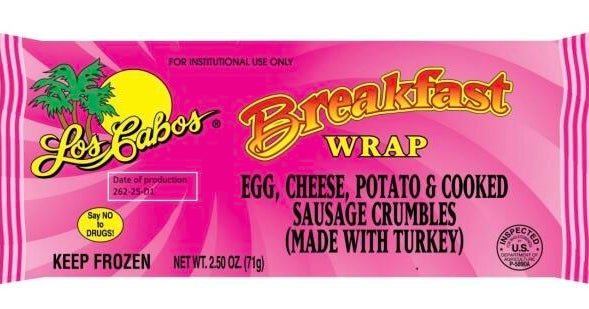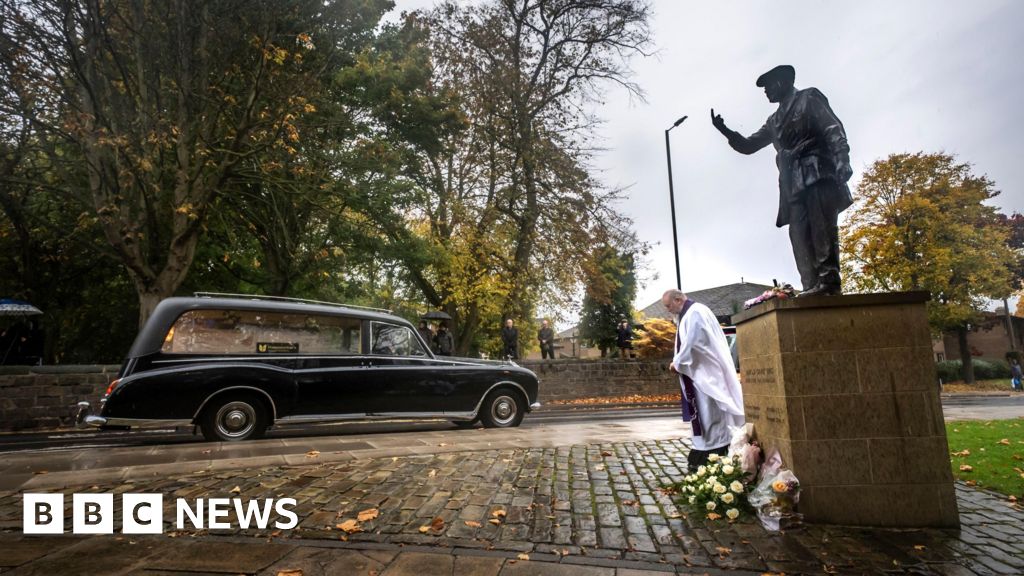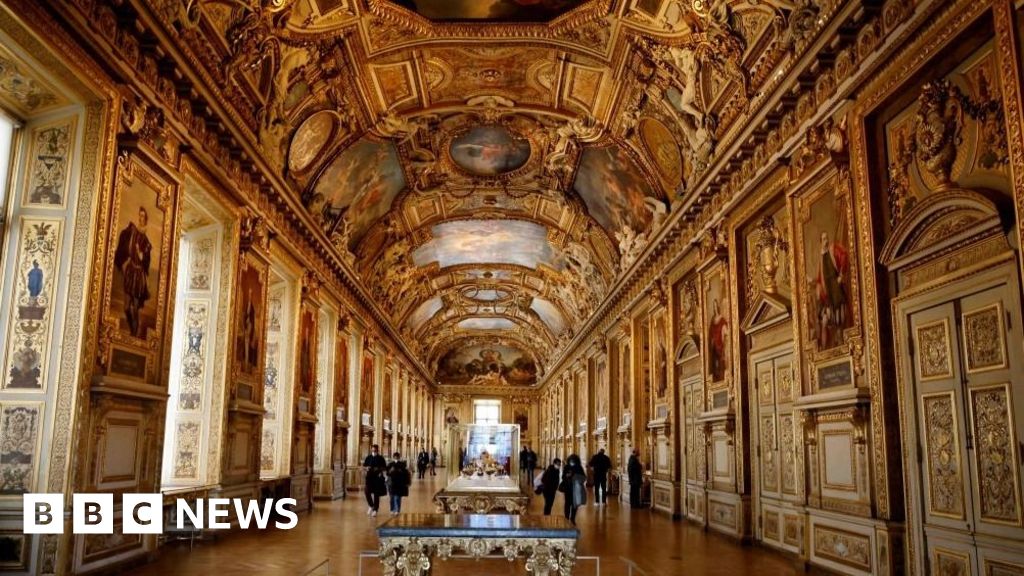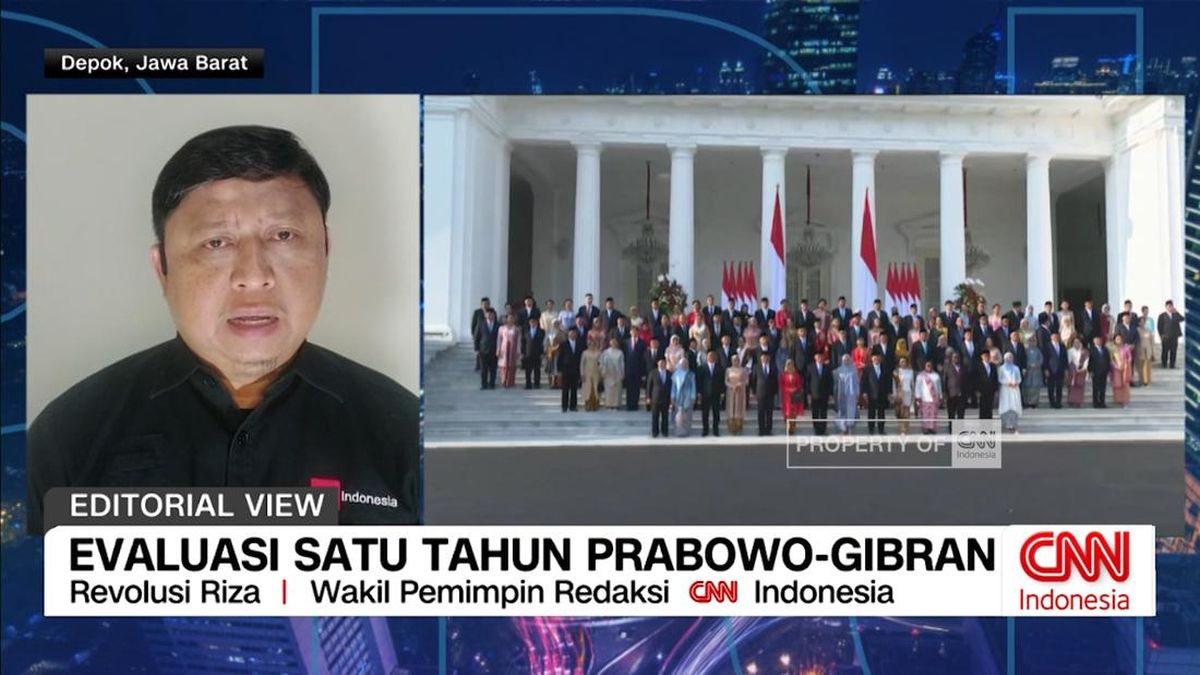There is still a place where you can walk freely across an international border, no questions asked. The only protest is the squeaking floorboards near the well-worn boundary line painted on the floor. This is the Haskell Free Library and Opera House, a Victorian palace to art, culture and education that actually has dual citizenship, because part of it sits in Stanstead, Quebec, while the other half stretches into Derby Line, Vermont.
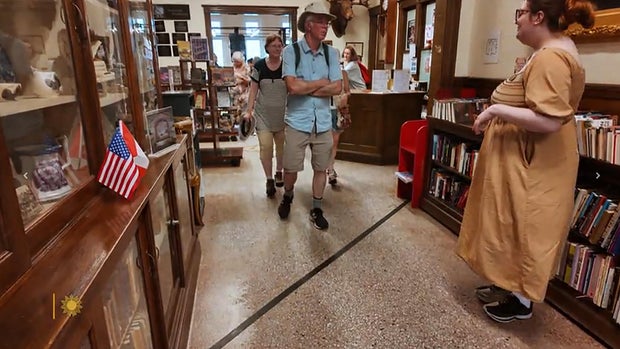 On the floor of the Haskell Free Library and Opera House, a painted demarcation line separates the Canadian side from the American.
CBS News
On the floor of the Haskell Free Library and Opera House, a painted demarcation line separates the Canadian side from the American.
CBS News
It was the vision of Martha Stewart Haskell, a wealthy Canadian who married a wealthy American. She had it built in 1901 as a gift, and it was built straddling the border specifically so it could welcome both communities. "At that time, this was family, both sides," said American Kathy Converse, who has been volunteering here for 20 years.
She's seen kids and parents, tourists and residents, French speakers and English speakers all coming and going freely.
But this month, it changed.
Converse said, "And it's just sort of – I'm gonna stick with my one word that I use for the situation: Sad."
In January, the same day President Donald Trump was sworn into office, U.S. Border Patrol Agent David Maland was shot and killed during a traffic stop about 15 miles from the library. A Seattle woman has been indicted for his murder. Hundreds turned out on the streets of Burlington, Vt., in January to say goodbye.
A week later, Secretary of Homeland Security Kristi Noem flew to Vermont to pay her respects. She also made a surprise visit to the library.
Asked how that visit went, Sylvie Boudreau, president of the library's board of trustees, replied, "I have to say she was very polite with me."
But a few weeks after Noem's visit, Boudreau was notified the building's literary loophole was closing, ending Martha Stewart Haskell's century-old vision of cooperation. "I'm getting emotional," Boudreau said, "because [Haskell's] first mission was really to reunite people, not to divide."
Starting this month, Canadians are no longer allowed to use the U.S. sidewalk that leads to the library's grand front entrance. Instead, they have to report to a legal U.S. port of entry first. In the back of the library, on the Canadian side, was a rarely-used emergency exit. They turned that exit into an entrance, not as welcoming to Canadians as the front perhaps, but for now, it'll have to do.
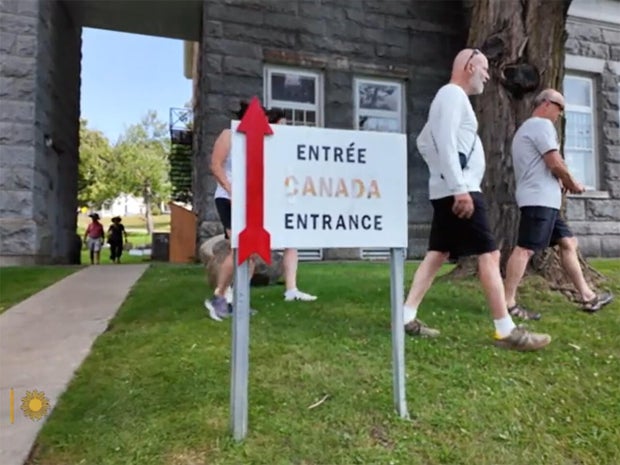 New rules affecting the Haskell Free Library and Opera House, built straddling the U.S.-Canadian border, mean that Canadian visitors must now enter 'round back.
CBS News
New rules affecting the Haskell Free Library and Opera House, built straddling the U.S.-Canadian border, mean that Canadian visitors must now enter 'round back.
CBS News
"It's like when you're losing a friend, a dear friend," Boudreau said. "You know, like, you backstab me and it's gonna take a while before I forgive you."
Canadian Susan Rothwell wasn't about to take a chance: "We didn't DARE cross that border," she said.
A spokesperson for U.S. Customs and Border Protection said the changes were necessary because of incidents of "smuggling and illicit cross-border activity around the library."
"Around the library? Outside? Yes," said Boudreau. "We have people crossing, often. But it's not because of the library, you know?"
She should know — Boudreau worked for the Canadian Border Services Agency for 20 years.
"To think that the library, because of one little sidewalk, would have that big of an impact on border security, for me, it doesn't make a lot of sense," said Jody Stone, the mayor of Stanstead, Quebec, who is just as well known in Derby Line, Vermont. "If you look at the community, if it wasn't for the borders, you wouldn't know that it was two separate countries. We share water and sewer. Our fire departments come to each's other's aid when needed. We've tried to keep it as open as possible."
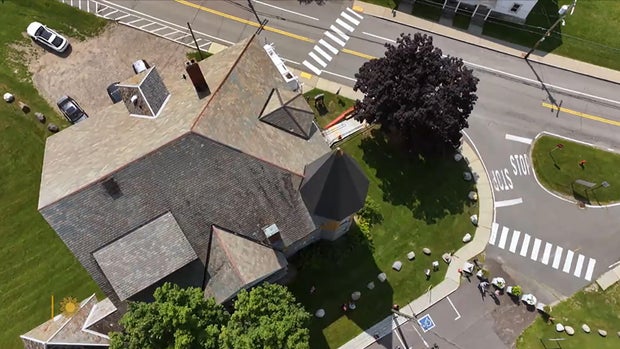 An aerial view of the Haskell Free Library and Opera House, which sits atop the U.S.-Canada border.
CBS News
An aerial view of the Haskell Free Library and Opera House, which sits atop the U.S.-Canada border.
CBS News
Take a drive down Canusa Street (as in Canada/USA Street), so named because the border is essentially the yellow line down the middle of the road. On the American side one sees signs of support and solidarity. On the Canadian side, a morphing of our two flags into one. Stone said, "I'm proud to be in a community where our neighbors appreciate us as much as we appreciate them."
That back entrance will eventually be getting a make-over. A donation box shows that the dollars don't discriminate; American and Canadian currency proves that both sides want to make it right.
Despite all the noise outside, in here, under the mournful eyes of a massive moose, the Haskell Free Library and Opera House remains a place where no sides are taken, where differences are celebrated, and where the promises of the past are kept.
Boudreau said, "It's like all that politics and all these rulings don't exist. We are here for all the same thing. It is literacy, culture, and friendship."
For more info:
Story produced by Michelle Kessel. Editor: Chad Cardin.
A cross-border landmark faces a restrictive new future
A cross-border landmark faces a restrictive new future
(06:37)

